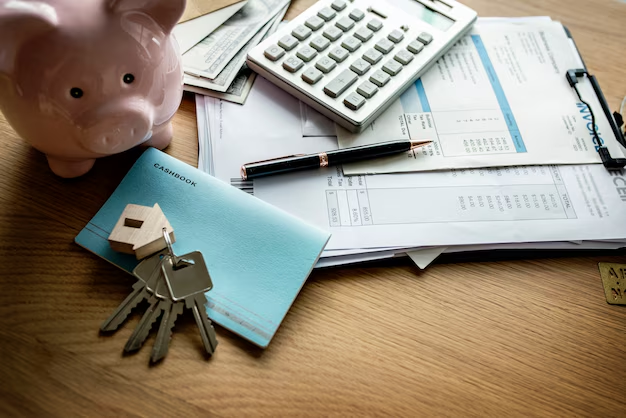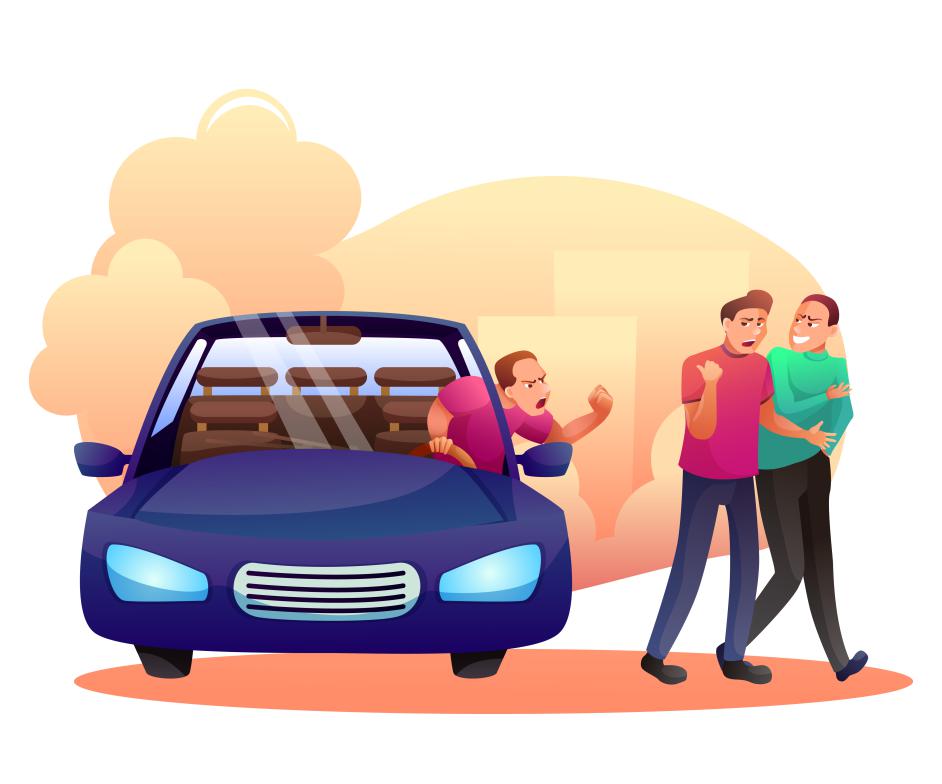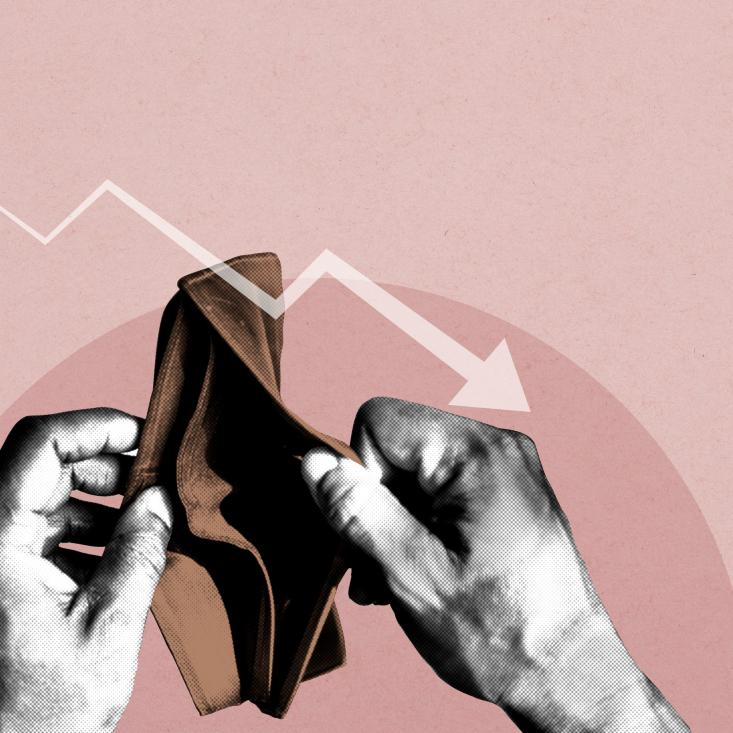What would you do if your debts became unmanageable, with no clear way to catch up? Many individuals and families struggle with financial burdens, often due to unexpected hardships such as medical bills, job loss, or economic downturns.
For those considering this option, understanding the difference between Chapter 7 and Chapter 13 bankruptcy is essential. Choosing the right type of bankruptcy can impact debt relief, asset retention, and financial recovery.
At the Law Office of Joel Gonzalez, individuals seeking a fresh financial start can receive personalized legal guidance to determine whether Chapter 7 or Chapter 13 bankruptcy is the best option. This article will break down the key distinctions, including eligibility requirements, debt discharge, and repayment plans.
What Is Chapter 7 Bankruptcy?
Chapter 7 bankruptcy is a legal process designed to help individuals who are overwhelmed with debt and lack the financial means to repay their creditors. It allows eligible filers to eliminate most unsecured debts, providing a fresh financial start. This form of bankruptcy is particularly beneficial for those with low income, minimal assets, and a significant amount of unsecured debt.
Key Features of Chapter 7 Bankruptcy
1. Debt Discharge: Eliminating Unsecured Debts
One of the most significant advantages of Chapter 7 bankruptcy is that it discharges—or legally eliminates—most unsecured debts. These include:
- Credit card debt– Outstanding balances on credit cards can be wiped away, relieving filers of high-interest payments.
- Medical bills– Medical expenses are one of the leading causes of financial distress, and Chapter 7 allows individuals to eliminate these debts.
- Personal loans– Unsecured personal loans from banks, credit unions, or online lenders can be discharged.
- Utility bills– Past-due utility bills, such as electricity or water, can be included in the discharge.
However, certain types of debt are not dischargeable under Chapter 7, including child support, alimony, most student loans, and recent tax debts. Additionally, if a debtor incurred debt through fraud or illegal activity, those obligations may also be excluded from discharge.
Here are some strategies for tax levy and bankruptcy relief. Please link to CB6.
2. Liquidation of Non-Exempt Assets
Chapter 7 bankruptcy is often called “liquidation bankruptcy” because, in some cases, the bankruptcy trustee may sell a debtor’s non-exempt assets to repay creditors. However, most people who file for Chapter 7 do not lose their belongings because bankruptcy exemptions protect necessary assets.
Exempt Assets – Each state has specific exemption laws that allow filers to keep certain property. Common exemptions include:
- Primary residence (up to a certain value)
- Personal vehicles (up to a specified value)
- Household furniture and appliances
- Necessary clothing and personal items
- Retirement accounts and pensions
Non-Exempt Assets – If a filer owns valuable assets that are not protected by exemptions, the bankruptcy trustee may sell them to repay creditors. These may include:
- Expensive jewelry
- Second homes or investment properties
- Luxury vehicles
- Collectibles or valuable artwork
In many cases, filers do not own significant non-exempt assets, meaning their property remains untouched during the bankruptcy process.
Discover the role of automatic stay in bankruptcy proceedings, here. Please link to CB2.

3. Means Test Requirement: Determining Eligibility
Not everyone qualifies for Chapter 7 bankruptcy. To be eligible, applicants must pass a means test, which is designed to prevent individuals with higher incomes from abusing the system. The means test compares the filer’s household income to the median income for their state.
- If income is below the state median– The filer automatically qualifies for Chapter 7.
- If income is above the state median– The filer must undergo additional calculations to determine if they have sufficient disposable income to repay some of their debts. If they do, they may need to file for Chapter 13 bankruptcy instead, which involves a repayment plan.
The means test ensures that Chapter 7 is primarily used by those who genuinely cannot afford to pay their debts.
4. Process Duration: A Quick Resolution
Compared to other forms of bankruptcy, Chapter 7 is a relatively fast process. From filing to discharge, the entire process typically takes three to six months. The general timeline includes:
- Filing the petition– The debtor submits bankruptcy paperwork, including details of their debts, income, expenses, and assets.
- Automatic stay– Once filed, an automatic stay goes into effect, preventing creditors from collecting debts.
- Meeting of creditors (341 meeting)– The bankruptcy trustee and creditors have an opportunity to ask the filer questions about their financial situation.
- Discharge of debts– If no major issues arise, the court grants a discharge, officially eliminating qualifying debts.
This relatively short timeframe allows filers to move forward with rebuilding their financial future quickly.
5. Protection from Creditors: The Automatic Stay
One of the immediate benefits of filing for Chapter 7 bankruptcy is the automatic stay, which halts most collection efforts by creditors. This means that:
- Creditors must stop calling, sending collection letters, or harassing the debtor.
- Lawsuits related to debt collection are put on hold.
- Wage garnishments, bank levies, and other collection actions must stop.
- Evictions, foreclosures, and repossessions may be temporarily delayed, though some exceptions apply.
The automatic stay provides much-needed relief, allowing filers to take control of their finances without constant creditor pressure.
Who Should Consider Chapter 7 Bankruptcy?
Chapter 7 bankruptcy is best suited for individuals who:
- Have little to no disposable income after covering basic living expenses.
- Carry primarily unsecured debt, such as credit cards or medical bills.
- Do not own significant non-exempt assets that they want to protect.
- Need immediate relief from creditor harassment, wage garnishment, or lawsuits.
If an individual has a steady income and wishes to retain more assets, Chapter 13 bankruptcy—which involves a structured repayment plan—may be a better option.
What Is Chapter 13 Bankruptcy?
Chapter 13 bankruptcy, also known as a “reorganization bankruptcy,” allows individuals with a regular income to create a structured repayment plan to catch up on debt over time.
Key Features of Chapter 13 Bankruptcy:

1. Repayment Plan
One of the most defining aspects of Chapter 13 bankruptcy is the court-approved repayment plan that spans three to five years. Instead of discharging debt immediately (as in Chapter 7), this plan allows debtors to gradually repay creditors based on their disposable income. The repayment amount is determined by factors such as income, living expenses, and the total debt owed. Some debts may be fully repaid, while others may only require partial payments, with the remaining balance discharged at the end of the plan.
2. Debt Consolidation
Filing for Chapter 13 essentially combines multiple debts into a single monthly payment made to a court-appointed bankruptcy trustee. The trustee then distributes the funds to creditors. This consolidation simplifies the repayment process, making it easier to manage obligations without dealing with multiple lenders.
3. No Liquidation Required
Unlike Chapter 7 bankruptcy, where non-exempt assets may be sold to repay creditors, Chapter 13 allows debtors to keep their property as long as they adhere to their repayment plan. This is especially beneficial for individuals who own a home, car, or other valuable assets they wish to retain while restructuring their debts.
Eligibility Criteria
To qualify for Chapter 13 bankruptcy, individuals must:
- Have a regular source of income (such as wages, self-employment, or pension).
- Owe debts that fall within the limits set by the Bankruptcy Code (which are adjusted periodically).
- Be able to demonstrate the ability to make consistent payments under the structured plan.
- Unlike Chapter 7, there’s no means test to determine eligibility, but individuals must show they can afford the proposed payments.
Protection from Foreclosure
One of the most powerful aspects of Chapter 13 is the ability to stop foreclosure proceedings and allow homeowners to catch up on past-due mortgage payments over time. As soon as a person files for bankruptcy, an automatic stay goes into effect, preventing creditors from pursuing collection actions, repossessions, or foreclosures.
This makes Chapter 13 a strong option for those who have fallen behind on mortgage or car payments but want to keep their home or vehicle. As long as they stay current on future payments while repaying past-due amounts through the plan, they can avoid losing their property.
Who Should Consider Chapter 13?
Chapter 13 is ideal for individuals who:
- Have a steady income and can afford structured payments.
Want to keep their home and stop foreclosure.
Need to restructure debts into one manageable payment.
Have debts that exceed what they can pay immediately but don’t qualify for Chapter 7.
Chapter 13 bankruptcy is ideal for those who have a steady income and want to reorganize their debt while protecting their assets.

Key Differences Between Chapter 7 and Chapter 13 Bankruptcy
| Feature | Chapter 7 | Chapter 13 |
| Type of Bankruptcy | Liquidation | Reorganization |
| Debt Discharge | Most unsecured debts are eliminated | Repayment of some debts over time |
| Eligibility | Must pass a means test | Must have stable income |
| Repayment Plan | No repayment required | 3 to 5-year repayment plan |
| Impact on Assets | Non-exempt assets may be sold | Assets are protected |
| Time to Complete | 3 to 6 months | 3 to 5 years |
| Ideal for | Those with little to no income | Those with regular income who want to keep assets |
Which Type of Bankruptcy Is Right for You?
Deciding between Chapter 7 and Chapter 13 depends on several factors, including income level, types of debt, and financial goals. Consider the following questions:
- Do you have a steady income?If yes, Chapter 13 may be a viable option.
- Are you trying to save a home from foreclosure?Chapter 13 can help catch up on missed payments.
- Do you primarily have unsecured debts like medical bills or credit cards?Chapter 7 may provide a faster solution.
- Can you afford a structured repayment plan?If not, Chapter 7 may be preferable.
For personalized guidance, consulting with a bankruptcy attorney is the best way to determine the most beneficial path forward.
How Bankruptcy Affects Your Financial Future
While bankruptcy provides financial relief, it also has long-term consequences. Understanding how each type affects your financial standing is crucial.
Impact of Chapter 7 Bankruptcy:
- Remains on credit reports for 10 years.
- May make it difficult to qualify for new credit in the short term.
- Provides quicker financial relief by eliminating most debts.
Impact of Chapter 13 Bankruptcy:
- Stays on credit reports for 7 years.
- Demonstrates a commitment to repaying debt, which may help rebuild credit faster.
- Can make obtaining future loans easier than Chapter 7 due to structured repayments.
Though bankruptcy affects credit, many filers rebuild their credit scores within a few years by making responsible financial decisions.
The Bankruptcy Filing Process in Texas

Filing for bankruptcy relief in Texas involves several steps:
- Consult a Bankruptcy Lawyer– A bankruptcy lawyer will assess your financial situation and recommend the best option.
- Complete Credit Counseling– Required before filing.
- File Bankruptcy Petition– This includes financial statements and debt information.
- Attend a Meeting with Creditors– Known as the 341 meeting.
- Follow Court Instructions– Chapter 7 filers may have debts discharged, while Chapter 13 filers adhere to their repayment plan.
Having a bankruptcy attorney can help ensure the process is completed correctly and efficiently.
Ready to Regain Financial Control?
Struggling with overwhelming debt can feel isolating, but there are legal solutions available. Whether Chapter 7 or Chapter 13 bankruptcy is the right path, professional legal guidance can make all the difference.
At the Law Office of Joel Gonzalez, individuals seeking to file for bankruptcy relief receive experienced, compassionate representation. As a bankruptcy lawyer in Corpus Christi, Joel Gonzalez helps clients understand their options and navigate the legal process with confidence.
For personalized advice and a fresh financial start, contact the Law Office of Joel Gonzalez at (361) 654-DEBT.








